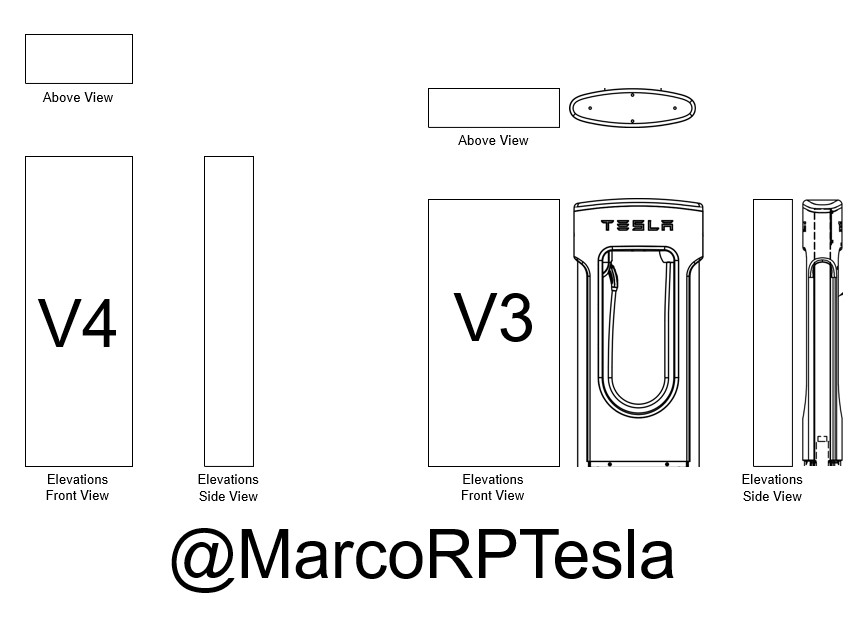Here’s the CATL announcement from their website.
On June 23, CATL launched Qilin, the third generation of its CTP (cell-to-pack) technology. With a record-breaking volume utilization efficiency of 72% and an energy density of up to 255 Wh/kg, it achieves the highest integration level worldwide so far, capable of delivering a range of over...
www.catl.com
Like
@mongo said above, this is mostly a marketing press release and it doesn’t really give any substantial technical information to go off of.
The claimed specs and 4680 comparisons do not have enough contextual information provided to meaningfully understand what CATL is claiming. In addition to what
@mongo said, other critical omissions include discussion of cost, manufacturability, longevity, charging curves. Cost is key. A great battery cell is worthless if it’s too expensive to be competitive in the market.
The usual differences and trade offs between cylindrical and prismatic cells still apply.
BU meta description needed...

batteryuniversity.com
This design probably does have the slightly higher packing efficiency (72% vs 63% for 4680 according to CATL) than the 4680 structural pack because packing rectangular boxes together is more space-efficient than packing cylinders. Space is not the limiting factor in modern EVs except for 1) trying to make long range vehicles with lithium iron phosphate (LFP) cells and 2) trying to make ultra long range vehicles with lithium nickel cells. This is why Tesla uses prismatic cells from CATL for the standard range vehicles made in Shanghai using LFP chemistry.
We also can definitively say that the Qilin pack design is not fully a “structural” pack. The announcement says the cells can help support loads perpendicular to the driving direction (i.e. left-right loads) but the design is obviously not compatible with supporting longitudinal or torsional loads, so that’s a significant difference from the 4680 structural pack design. As we saw in the recent Munro tear down, the structural pack is about more than just the battery pack itself. When combined with the gigacasting for the rest of the underbody, the 4680 pack allows for a revolution in efficiency and personnel safety in General Assembly because most or maybe even all of the interior can be conveniently installed while standing up in a comfortable position with direct eyesight on the action being performed and generally only pushing motions which are faster and more ergonomic. Also this architecture should allow for more people working together at each station in General Assembly because they have more access to the hardware. As far as I can tell, the CATL Qilin pack will certainly not have these advantages because it won’t allow for deletion of the load pan the traditionally performs structural functions in the part of the chassis underneath the cabin.
If this is true then actual tear downs and public testing of the cells can be performed next year. This press release doesn’t have nearly enough information to really judge the Qilin cells on any basis other than CATL’s credibility. When they deliver the hardware we can really find out.





